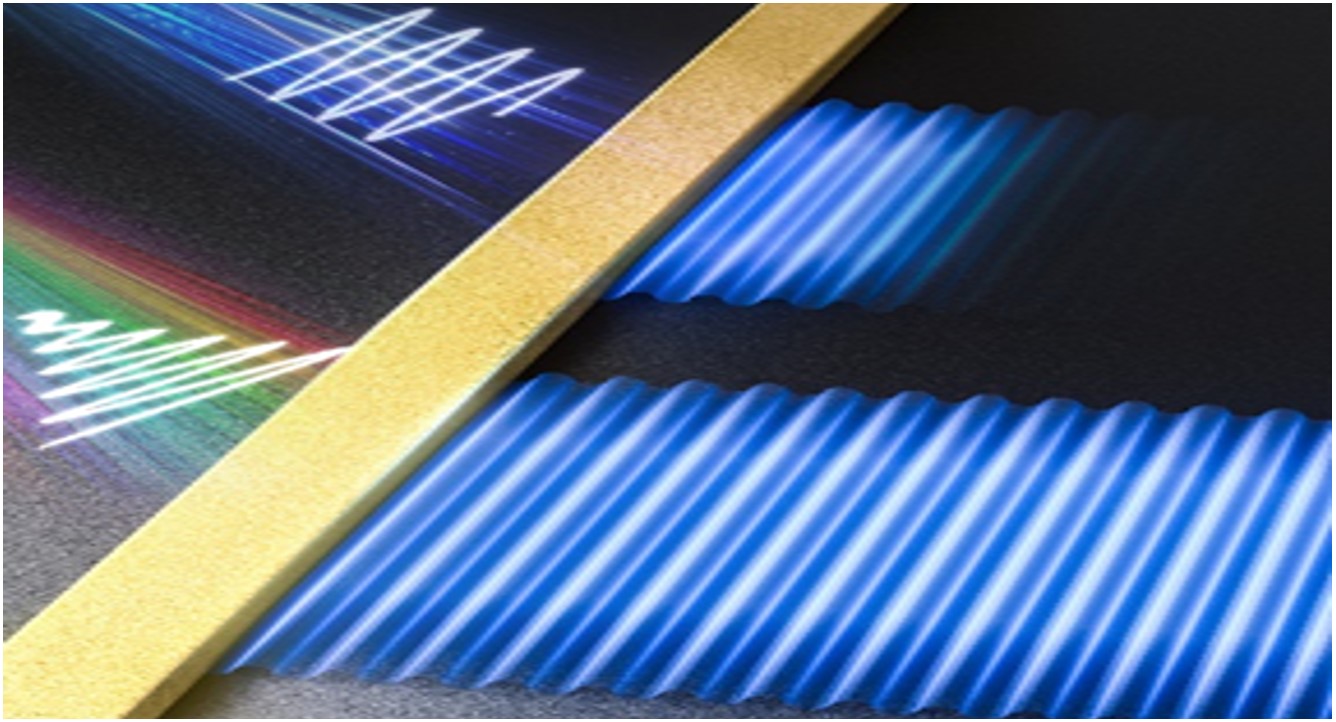
Share
Announcement/2024-01-10
In nanophotonic systems, polaritons are a special electromagnetic mode formed by the interaction between incident light and the material surface interface, which can achieve the transmission and processing of optical information at the nanoscale. Polarize

In nanophotonic systems, polaritons are a special electromagnetic mode formed by the interaction between incident light and the material surface interface, which can achieve the transmission and processing of optical information at the nanoscale. Polarized polariton materials are an important material foundation for constructing optoelectronic interconnect chips. However, due to the inherent loss limitations of optical materials, there are certain difficulties in the application and promotion of polariton photonic devices.
To address this challenge, researchers Qing Dai from the National Center for Nanoscience Technology and Professor Shuang Zhang from the University of Hong Kong have collaborated to propose a practical solution - using multi frequency combination complex wave excitation to achieve virtual gain and compensate for the intrinsic losses of photonic devices. This composite complex wave technology is a sophisticated and universal technique, and previous research teams have achieved improvements in the imaging quality of polariton flat superlenses (Science, 2023, 381, 766) and the sensitivity of polariton optical sensing (eLight, 2024, 4, 1). Recently, the team has successfully restored the non-destructive transmission and optical interference performance of boron nitride and molybdenum oxide phonon polarized polariton waveguide devices. Therefore, the composite complex frequency wave technology can be flexibly applied to different photonic systems, opening up a new development path for improving the performance of multi band photonic devices.
Qing Dai's research group has been conducting in-depth research on highly compressed polaritons (Nat. Mater., 2021, 20, 43) in atomic manufacturing technology for applications in polariton sensing chips (Nat. Commun., 2019, 101131) and optoelectronic fusion photonic chips (Science, 2023, 379, 558;Nat. Nanotechnol., 2022, 17, 940). In the future, it is expected to use synthetic complex frequency wave technology to break through the optical loss constraints faced in the development of cross scale heterogeneous integration of photonic chips, and promote the application of photonic chips in fields such as optoelectronic interconnection, photon sensing, and photon computing.
On January 8th, the related research results were published online in the journal Nature Materials under the title of Compensating losses in population promotion with synthesized complex frequency exception. Researcher Qing Dai and Professor Shuang Zhang are the co corresponding authors of this article, with postdoctoral researcher Guan Fuxin from the University of Hong Kong, special research assistant Xiangdong Guo from the National Center for Nanoscience Technology, and doctoral student Shu Zhang as co authors. The above research work has been supported by projects such as the National Natural Science Foundation of China.
Paper link: https://doi.org/10.1038/s41563-023-01787-8
无上一篇
Polarized exciton inverse Cherenkov radiation observed by Qing Dai's group